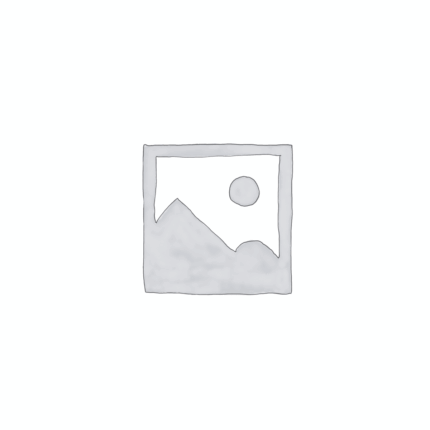
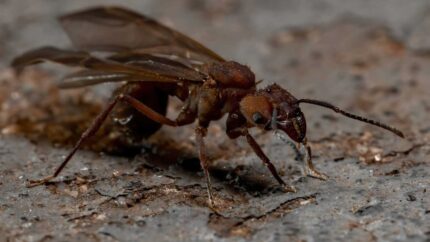
Acanthomyrmex mizunoi
289,90 zł – 449,90 zł
Acanthomyrmex mizunoi is a polygynous ant species with colonies that can contain up to 1000 workers. The development rate of this species is medium. The ants vary in size, with the queen measuring 4-6 mm, workers 3-4 mm, and majors 5-8 mm. They have a brown-red coloration. Their diet consists of food insects, syrup, fruits, vegetables, jelly, and cooked chicken without salt.
| Behavior | |
|---|---|
| Difficulty in breeding | |
| Origin | |
| The size of ants | |
| Wintering |
Acanthomyrmex mizunoi Ant Colony
Colony type: Polygyny
Colony size: up to 1000 workers
Development rate: medium
Size:
- Queen: 4-6 mm
- Workers: 3-4 mm
- Majors: 5-8 mm
Color: brown-red
Nutrition:
The Acanthomyrmex mizunoi colony requires a varied diet including:
- Food insects such as cockroaches and crickets
- Syrup made from a mixture of water and honey
- Fruits and vegetables
- Jelly
- Cooked chicken without salt or shrimp
- Soft grains
Providing a diverse range of food sources will ensure the health and vitality of the Acanthomyrmex mizunoi.
Humidity:
The ideal humidity levels for the Acanthomyrmex mizunoi are:
- Arena: 50-70%
- Nest: 70-90%
Monitoring and maintaining the correct humidity levels is essential for the well-being of the colony.
Temperature:
The Acanthomyrmex mizunoi thrives in the following temperature ranges:
- Arena: 24–30°C
- Nest: 22–27°C
Providing a suitable temperature environment is crucial for the growth and development of the colony.
Feature of the species:
The Acanthomyrmex mizunoi is known for its unique characteristics:
- Usually, a colony consists of 1-3 Queens
- Soldiers are larger than queens
- They have a huge head disproportionate to the body
These distinct features make the Acanthomyrmex mizunoi an intriguing species to observe and study.
Recommended nests for breeding:
For optimal breeding conditions, we recommend using the following types of nests:
- Acrylic nests
- Cork nests
- Plaster nests
- Digfix
These nests provide the necessary environment for the Acanthomyrmex mizunoi to thrive and expand their colony.
For this species, we highly recommend the use of our specially designed formicariums: Spoko or Ziom. These formicariums are designed to meet the specific needs of the Acanthomyrmex mizunoi, providing them with a comfortable and suitable living space.
Investing in the right formicariums will ensure the health and successful growth of your Acanthomyrmex mizunoi colony.
This species has specific morphological features, such as head structure, mandible shape, and body sculpture features, that distinguish it from other species in the genus.
It is often described as more massive in some aspects of its structure.
It is described from Cambodia and is found in other parts of Southeast Asia, but its range differs from that of A. thailandensis.


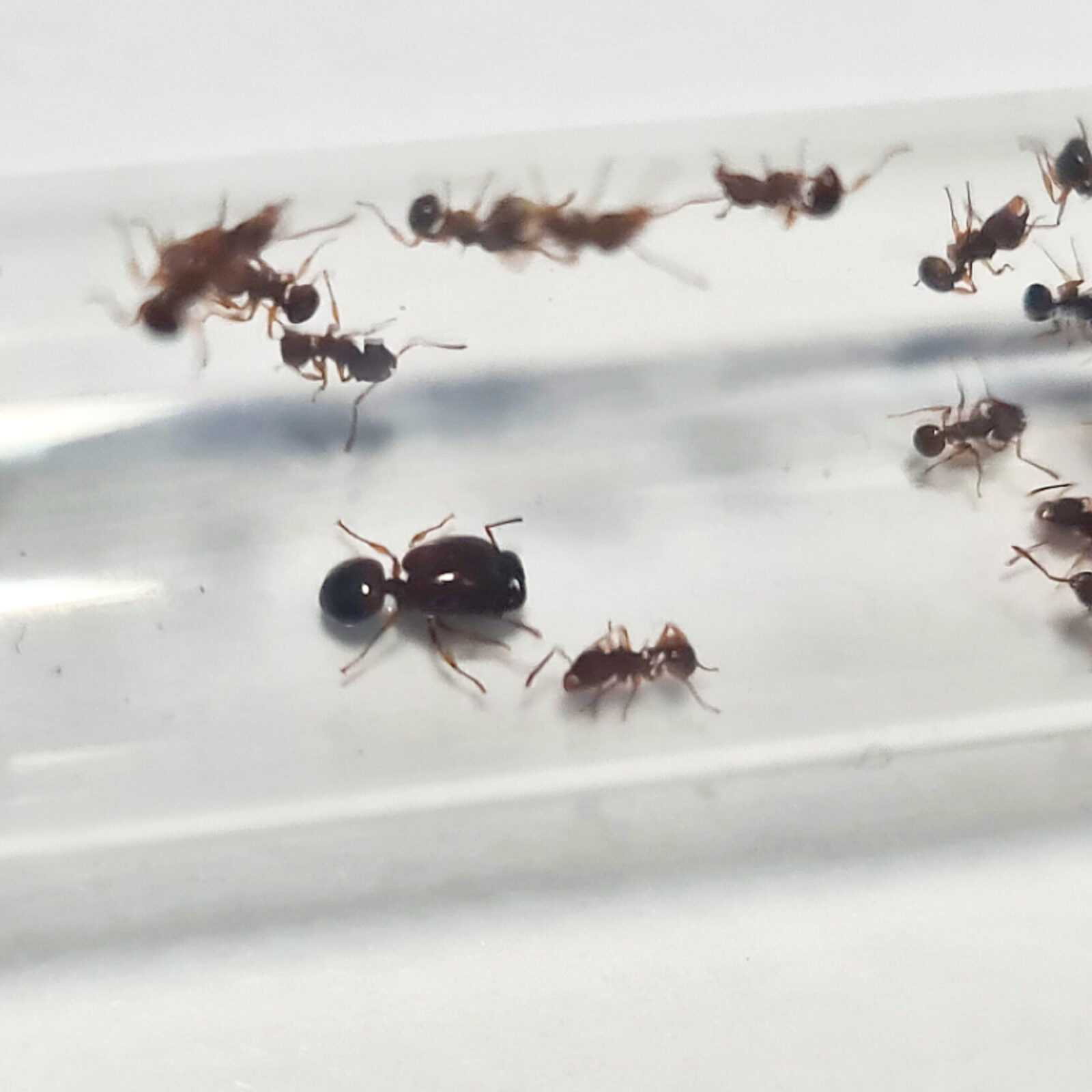
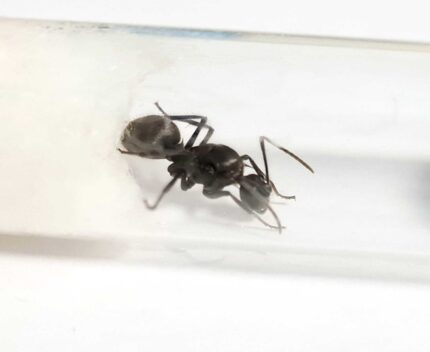
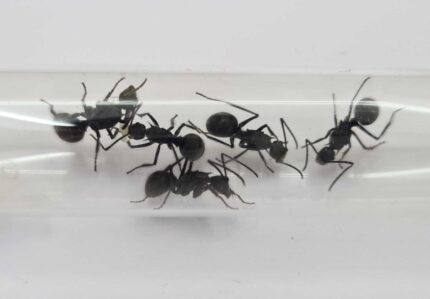
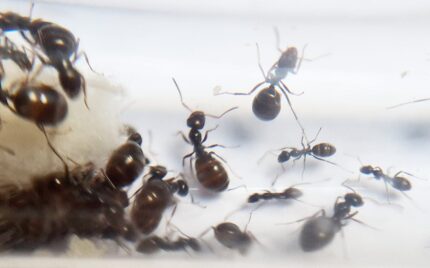
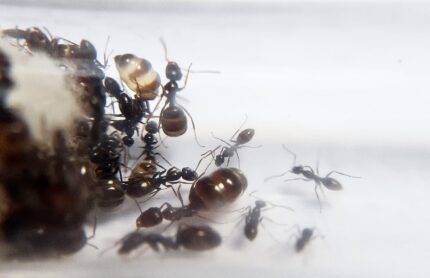
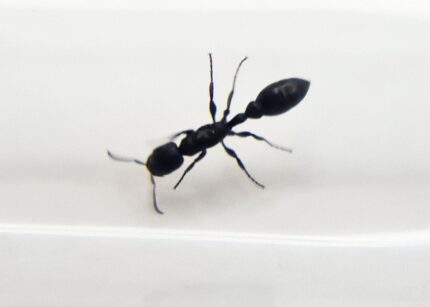
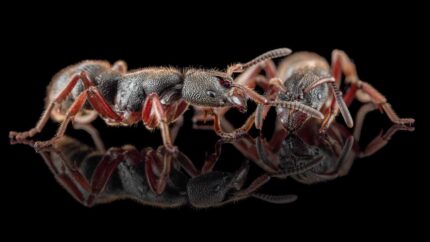
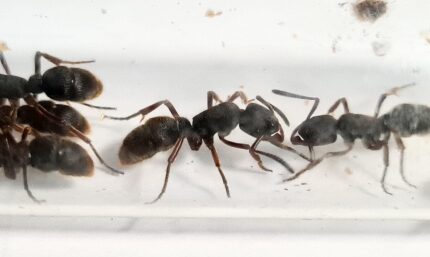
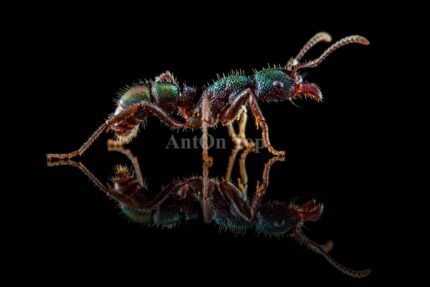
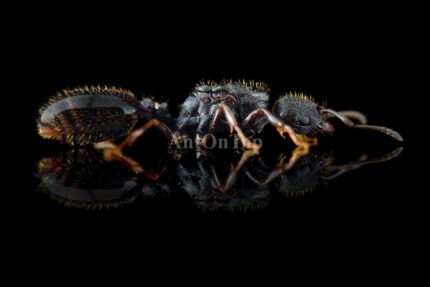
Valoraciones
Clear filtersNo hay valoraciones aún.